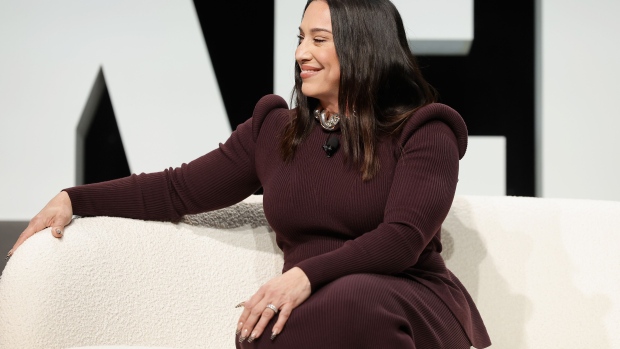Apr 8, 2024
The Woman Trying to Make Spring Pro Football Finally Work
, Bloomberg News

(Bloomberg) -- Dany Garcia is trying to do what Donald Trump and Vince McMahon couldn’t: build a successful pro football league.
Garcia is co-owner of the United Football League, and she said this time will be different. History points to that being difficult with so many failed attempts to create a sustainable league that plays during the spring in the NFL’s offseason. In the 1980s, Trump owned a team in the United States Football League, which folded after three seasons. McMahon brought a pro wrestling vibe to the XFL in 2001, but it lasted one year.
UFL’s big advantage is that it’s well capitalized, allowing it to have a better chance to become profitable, Garcia said in an interview. A lot of the earlier leagues didn’t have that or much of a long-term plan, she said.
“We’ve gotta build this slowly,” Garcia said. And “let’s have a product that is excellent.”
The UFL was formed in December when recently reincarnated versions of the USFL and XFL merged. The USFL debuted two years ago, with Fox Corp. being a minority investor. The XFL began last season, following Garcia, Dwayne Johnson — her ex-husband and current business partner — and Gerry Cardinale’s RedBird Capital buying a rebooted version of the league out of bankruptcy for $15 million. (The insolvent entity was McMahon’s second attempt at spring football.)
The league’s inaugural 10-week season began two weekends ago with its four games averaging one million viewers on either ESPN or the Fox network. The numbers are a solid start considering it’s more than what the XFL and USFL averaged per game last year. The UFL has eight teams spanning Birmingham, Alabama, to St. Louis and Washington, with a championship on June 16.
Another difference with the UFL is that it has a friendly relationship with the NFL, rather than billing itself as a rival league. The Trump-backed USFL signed away top college stars such as Doug Flutie and Herschel Walker to big contracts. During his first XFL attempt, McMahon allegedly called the NFL the no-fun league.
Garcia, who started her career at Merrill Lynch before producing films and managing several aspects of Johnson’s entertainment career, aims to turn the UFL into a second-tier pro league for the NFL, similar to the NBA’s G-League and MLB’s minor leagues.
Sign up for Bloomberg’s Business of Sports newsletter
Last year before the merger, the XFL used rules for a kickoff that were a big shift from the NFL, and they sparked more exciting plays. The NFL is now incorporating the XFL’s kickoff model this season.
The UFL has several other rules that might be of interest to NFL fans, including what happens after a touchdown. In the UFL, teams don’t have the option of kicking an extra point. They instead have to choose one of three yard lines to run a play from in trying to reach the end zone. A successful attempt from the 2-yard line adds one point, the five-yard line scores two points and from 10 yards out gets three points.
“The NFL is absolutely aligned with what we’re doing,” Garcia said. “Our goal was to expand the ecosystem of football.”
The UFL may have to get used to losing its best players, though. If an NFL team wanted to sign a player, the money a team could offer would dwarf what the UFL can pay. (Last season, USFL players made about $5,000 a week.) Garcia says the key in maximizing the league’s time with players will be storytelling.
“We do own all the league and because of our background of being storytellers, we have to double down on that,” Garcia said.
Sign up for Bloomberg’s Business of Sports newsletter for the context you need on the collision of power, money and sports.
©2024 Bloomberg L.P.


